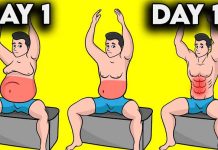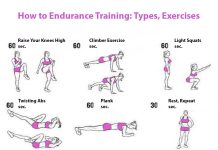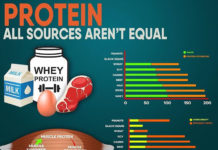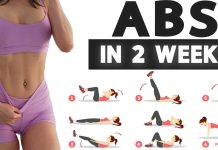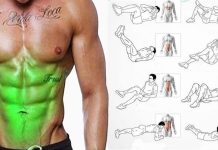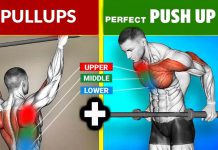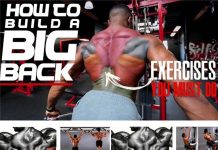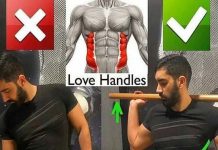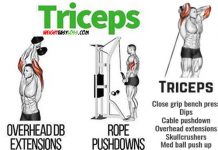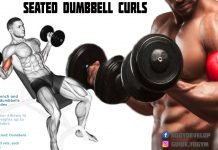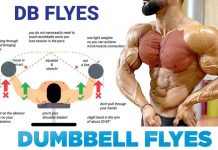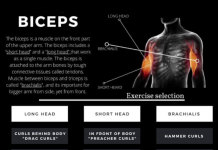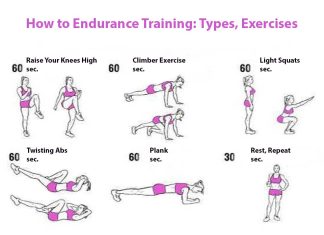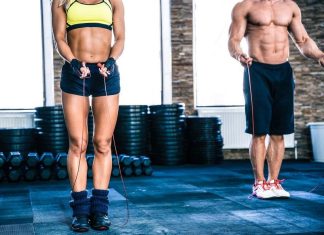🚨 Calf Raise Guide
🔥 Seated Calf Raise
✳️ What is a Seated Calf Raise 👇🏻
✅ The seated calf raise, also known as seated calf raises, is a strength-gaining exercise that targets your calf muscles and accelerates their growth. It specifically activates and stresses the soleus calf muscle, and so the exercise is best performed by maintaining an angle of 90 degrees at the knees.
[wp_ad_camp_2]

🔥 How to do a Seated Calf Raise
[wp_ad_camp_1]
- Assume a seated position on a calf raise machine and place the toes on the platform provided so that your heels naturally extend off. Make sure that your toes point forward.
- Adjust the height of the lever pad so that it is on par with that of your thighs. Position the base of your thighs under the pad while resting your hands on top to keep it from sliding.
- Push your heels up to raise the lever, and let go of the safety bar. It is your starting position.
- Bend at the ankles to gradually lower your heels. Be sure to stretch the calves fully while performing this movement.
- While flexing your calves, extend the ankles as far as you can to raise the heels. Hold this contracted position for a second.
- Do the desired number of reps by repeating the above steps.
🔥 The Standing Calf Raise is a great exercise for your calves that you can do
💥 Description / Instruction:
✅ To perform the Standing Calf raise, stand facing a wall. Step back so that your body is angled forward. Your feet should be facing forward. Lift one leg off the floor by bending the knee and hold it there to keep it out of the way. Contract your calf muscle and raise the heel of the leg on the floor as high as possible onto the toes. Hold at the top and then slowly lower the heel down to the start. The Standing Calf raise develops the gastrocnemius muscle of the calf.
[wp_ad_camp_4]

[wp_ad_camp_3]
🚨 Ankle Strength and Stability
✅ Ankle stability can be affected by numerous factors. One of those is that strength of the calf muscles, which are responsible for plantar-flexion of the ankle joint. Increasing the ability to perform (high strength as well as faster muscle contractions/power) ankle plantar-flexion can have a help to stabilize the ankle under loads, running, and other expose movement.

🚨 Lower Body Performance
[wp_ad_camp_5]
✅ Strong calves and ankles can have a significant impact on our ability to squat heavier, pull more weight, and even create more force output and power in movements that require triple extension (cleans, snatches, jerks, push presses, etc). When we have weak calves (or simply calves that do a poor job at plantar-flexion, we lose some ankle stability and decrease our ability to forcefully extend the knees and hips (since they are supported by our footing and grip on the floor. While strong calves can also be developed through performing the squats, pulls, and plyometrics, some athletes may want to devote a few moments in a training session to isolate calf training if this is something they had issues with.












